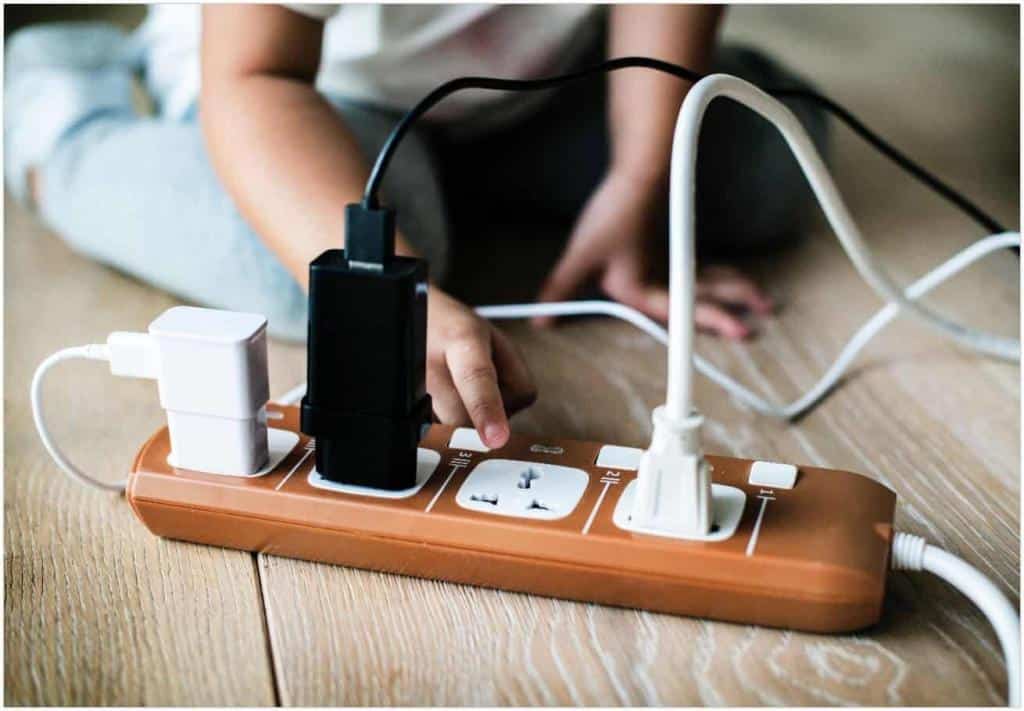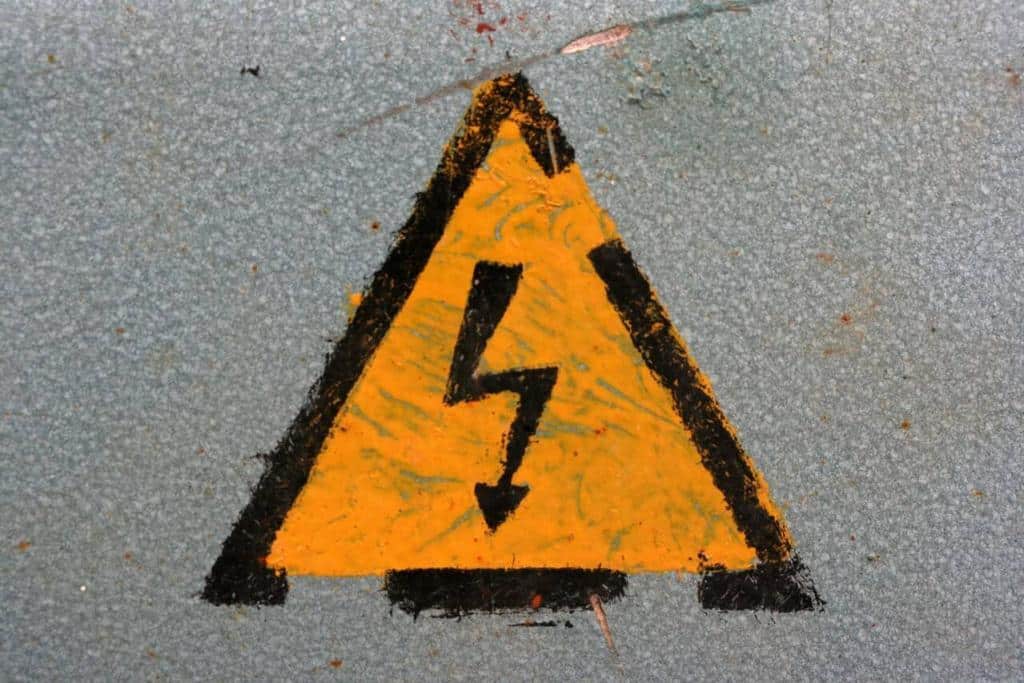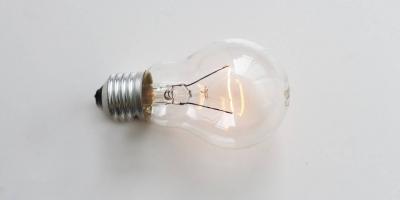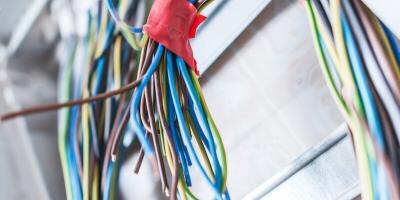Electricity plays a significant role in the domestic life of the modern world.
And with our increased reliance on electrical goods, electricity turns out to be more pivotal in our lives. That’s because today’s sophisticated home appliances and electronic equipment made our lives convenient and comfortable.
Moreover, as our dependence increases, we often overlook our electrical goods and wirings which can be pretty much hazardous. Various factors exacerbate our appliances’ deterioration, which often leads to potential electrical hazards such as electrocution or electric shock. Fortunately, we can prevent these potential hazards with proper measures and practices in our homes and workplaces.
That’s why it’s crucial to get your electrical wirings and appliances inspected regularly to identify any potential risks. Even if there are no obvious telling signs that your wirings are defective, electrical safety inspection should not be ignored.
But before we delve further into the safe use of electricity, let’s discuss how we can prevent being electrocuted by our trusted electrical devices. And learn what you should do during electric shock because anyone can be a victim at any given time. By equipping ourselves with the necessary skills in such a situation can save lives.

What is Electric Shock?
The human body is a good conductor of electricity. That’s why the current can travel easily through it. So, when the person comes into contact with a power source or a live current, the body reacts hastily.
Shock victims often receive burns from electric shock. Usually, the affected areas are the internal organ or external tissues. In determining the injuries, there are variables to consider such as the extent of contact, source, voltage, etc. The reaction from shock ranges from no injury, severe damage and worse is death.
Electrical injuries often involve young males and adults caused by menacing exploration and exposure at work. However, this also occurs in young children due to contact with easy-to-reach power outlets or cords. In our homes, electrical injury frequently occurs in wet areas such as the kitchen and bathroom.
What Are the Effects of Electric Shock to our Body?
During electrocution, our muscles are stimulated by electricity. Depending on the intensity of the current and which part of the body it passes through, the effects of shock can range from no injury to severely damaged organs or tissues.
Muscle spasms, tissue burns and cardiac arrest are just a few of the many electric shock effects on our body.
Muscle spasms
When a current as low as 0.25 milliampere (mA) enters the body; the victim will feel a tingling or buzzing sensation. However, if the current above 10 mA travels through your flexor muscle, chances are you will sustain severe effects of shock.
That’s because the victim may be unable to let go of the source of electricity, making the duration of the contact longer. Flexor muscles are responsible for the opening and closing of your fingers thus increases the severity of electric shock.
But when the current enters through the extensor muscles, it will likely cause a violent spasm that may propel the victim metres away. Take a closer look at how the victim will react with each electric current that will pass through the body.
- Below 1 Milliampere – Generally, none at all.
- 1 Milliampere – Faint tingling and buzzing sensation
- 5 Milliampere – Slight shock. Absence of pain but there’s the presence of disturbing sensation.
- 6 to 25 Milliampere (in women) – Painful electric shock with loss of muscle control.
- 9 to 30 Milliampere (in men) – The victim is unable to “let go” of the electrified object.
If the electricity excited the extensor muscles, the victim may be propelled metres away from the source of power.
- 50 to 150 Milliampere – The victim feels extreme pain with the possibility of respiratory arrest and severe muscle reactions that may result in death.
- 1.0 to 4.3 Amperes – The rhythmic (pumping) action of the heart will stop working. While muscular contraction and nerve damage will occur; death is likely to happen.
- 10 Amperes – Cardiac arrest, severe burns with the possibility of death.
Cardiac Arrest
If the electric current as high as 50 milliamperes will pass through the heart–cardiac arrest is anticipated. Our heart is a muscle responsible for pumping blood through our body. The rhythm that makes our heartbeat is controlled by electric impulses.
When an electric current from the outside passes through the heart, it masks the electric impulses disturbing the heart’s rhythm. So, if the healthy heartbeat is not restored, the victim will lose consciousness and dies.
That’s because the outside current manifested total disorganisation of the heart’s rhythm causing the heart to stop pumping and circulating the blood.
Burns Body Tissue and Organs
A current as high as 100 milliamperes leave a mark at the point of entry of the skin. While a 10 ampere or 10,000 milliamperes will cause a severe burn at the point of contact that will likely require amputation of the affected area.
However, the internal damage may be much worse or serious than those of the external injuries. That’s because the intensity of the current may have caused severe scarring, loss of sensation or function resulting in amputation. Additionally, it may severely damage the kidney and cause blood circulation disorders.
Affects the Nervous System
Our nerves are tissues with little resistance to the current from the outside. So when the person is electrocuted, the victim will feel pain, tingling sensation, numbness, difficulty in moving its limb or loss of muscle control.
Depending on the severity of the shock, the effects may clear up after a while or be permanent. Some electric shock injuries may cause amnesia, respiratory arrest or seizure. This occurs when the current has affected the victim’s central nervous system.
But when the victim’s nerves and brain are severely injured, it may cause long-term damage that may develop up to several months.
Listed are primary sources of current that may cause an electric shock, including:
- Power Lines
- Electric Machinery
- Lightning
- Household Appliances
- Electrical or Power Outlets
- Exposed electrical wires
- Appliances near or on a wet area
- Old wiring
These are determining factors that may influence the severity of the effects when electrocuted:
- Length of time in contact with the power source
- Voltage
- Skin and tissue resistance
- Current’s path through the body
- Type of the current that enters the body
According to the Australian Institute of Health and Welfare (AIWH) 2-year period report from July 2014 to Jun 2016, a total of 1,065 people hospitalised sustained an electrical injury.
- 5% or 58 people were victims of electrocution or lightning strike.
- 73% of victims specified electric current or domestic appliances, e.g. electric cords and switches.
- 497 cases or 47% sustained an electrical injury that occurred while the victim was in paid work.
- 150 cases or 14% sustained an electrical injury while doing unpaid work.
Electrical Injury: Age and Gender
- Males aged 25 to 44 with 487 cases or 46% of electrical injury.
- Young men aged 15 to 24 have the highest age-specific rates, with 5.7 cases per 100,000.
- Young women aged 25 to 44 with 1.7 cases per 100,000.
Electrical Injury: Mortality Rate
- 55 people died of electrocution or lightning strikes.
- 50 males and 5 females
- 8 cases or 15% were male victims of a lightning strike.
- 17 cases were due to self-inflicted harm.
- 18 cases were due to exposure to a specified electric current.
Signs of Electric Shock or Burn
Aside from the aforementioned list of the effects of electric shock, listed below are the common telling signs that the victim sustained an electrical injury.
Depending on the type of the current, voltage, how long the victim is in contact with the current, conscious or unconscious; these are the following common signs and symptoms:
- Difficulty breathing to no breathing at all
- Weak, irregular pulse to no pulse at all
- Burns or marks at the point of entry
- Loss of muscle control
Electric Shock Management
Victims that sustained low voltage exposure may no longer need to undergo further testing and will be discharged shortly. In contrast, some patients may be required for ECG, blood tests, X-rays and CT brain. Others may be required for admission especially with extensive tissue damage and signs of irregular ECG.
Pre Hospital Management
- Before rescuing the shock victim, make sure to turn off the source
- Check for response and breathing
- If deemed necessary, start performing CPR if the victim is unconscious.
- Call for medical assistance and keep your line open for further instructions
Specific Therapy Management
- Cardiac Monitoring. If there’s the presence of abnormal heart activity or symptoms of chest pain
- Analgesic(a). Most victims experience muscle pain due to tetany also known as muscle tetany.
- Extensive soft tissue injury (STI) management. For severe electrical injury, the management is similar to a crush injury.

Preventive Measures to Ensure Safe Use of Electricity
These preventive steps may be applied in your home and workplace. As mentioned earlier, electrical injury is present anywhere at any time. Therefore, one of the most effective ways to protect your household and people from the hazards of electricity are the following steps, including:
- Inspect the wiring of equipment before use.
- Replace the damaged or extremely frayed electrical cords or wires immediately.
- In a workplace–use safe work practices implemented by the company when manipulating electrical equipment.
- Know the location of the power switch or circuit breaker panels. So, in the event of electrocution or fire, you know where to shut off the source.
- Limit the use of extension cords. If possible, install an additional power outlet. Call your trusted and licensed electrician in Sydney.
- Install a safety switch.
How to Protect Yourself When Working with Electricity?
Every year, people lose their lives from electrical accidents. But what we often overlook is that these accidents can be avoided with the proper safety measures and electrical safety use.
Insulation
Get your electrical cords insulated to prevent direct contact with wires. This is advisable especially in a laboratory setup where there’s a presence of corrosive chemicals and solvents that may erode the insulation.
Guarding
If there are live parts of electric equipment that operates at 50 volts or more such as electrophoresis devices, secure or guard them with Plexiglas shields.
Grounding
Use two-prong plugs to protect the user from a potential electric shock. That’s because two-prong provides a path to the ground for internal electrical short circuits.
Install GFCIs or Circuit Protection Devices
When there’s a presence of a ground fault, overload or short circuit, the GFCI device will automatically shut off the electricity. This device will disconnect the electric power to keep you from being electrocuted.
These are additional preventive measures to ensure the safety of the people that work closely with electrical goods and equipment.
- Use insulated tools when working with electronic equipment
- Use appropriate insulated rubber gloves and goggles when working with an electrical circuit
- Never repair energised equipment. Always proceed with caution by using a tester to ensure it’s de-energised.
- Do not use aluminium or steel ladders. Chances are the electrical surge will ground you while working on your receptacle.
- Know the wire code of your country by heart.
Do’s and Don’ts to Avoid Electric Shock at Home
We have established that electrical injury is present anywhere and can happen quickly. So if you end up being electrocuted, chances are the shock will take place immediately. To avoid being electrocuted, follow these basic do’s and don’ts to avoid an electric shock at home.
- Avoid using damaged or frayed extension cords. This is an absolute no if you have babies or toddlers that may reach the cords. Young children are inquisitive which leads them to places they’re not allowed and not supposed to do.
- Throw away your defective electrical device(s). You have two options here, either throw your defective electrical device or have it repaired. If you decide to have it repaired, unplug the device. If you’re not confident to do these necessary steps by yourself, call a reliable service provider.
- Hold the plug when you unplug an electrical device. You don’t want to cause unnecessary damage to your cable by unplugging it from the cord.
- Unplug the toaster first. Before you dislodge that stuck toast at the bottom of your toaster using a metal utensil, unplug it since the risks are too high to ignore the simplest task.
- Unplug your lamp before replacing the lightbulb. Even when it seems a simple task of replacing the bulb, always proceed with caution and take the necessary steps to ensure your safety.
- Locate the electrical wire before drilling a hole in the wall. The chances of drilling into your wiring may cause a fire or unnecessary accident. Drill a hole in the drywall. But if you’re not confident to do the job, talk to your trusted master electrician.
- Never use electrical devices in the bathroom. If you have a GFCI installed, then it’s safe to say that you can dry and curl your hair in the bathroom. Even if you have a GFCI, it’s best to always do these things with caution.
- Keep your electrical devices or cords away from the pool. Water and electrical devices never get along.
The Bottom Line
We rely heavily on the convenience of electricity. From our homes to our workplace, electrical goods provided us comfort. Electrical systems have the potential to cause serious injuries or worse death. But with the right knowledge and practices, these potential electric shocks can be prevented. That’s why it’s crucial to be aware of these potential hazards and take the necessary steps.
Furthermore, electrical safety is not just for our kids, but it also applies to the people working closely with electrical-related appliances and equipment. Ensuring electrical safety eliminates any potential risks lurking around your home or workplace.
We have already established what an electric shock can do to our body. So, if you’re caught in a predicament and you’re not confident to take on the job, don’t hesitate to call a trustworthy electrician.
When handling electrical equipment, always give precedence to safety. Entrust your electrical works to a master electrician to guarantee safe and reliable electrical services.
Licensed Level 2 Emergency Electrician in Sydney
Gordon Powers are a team of licensed Level 2 Electricians servicing residential and commercial properties in need of electrical services. Our long-standing experience as electricians in the industry helped us develop time-tested methods in accommodating our customers’ needs.
We always make sure that our customers will receive high-quality services, fast and reliable. We are a certified Level 2 Electrician that has undergone proper training to provide every resident in Sydney with high-quality workmanship, efficient and stellar electrical services.
We are reliable and licensed electricians that guarantee to perform the job safely and effectively. Our time-tested and excellent electrical solutions will always go beyond what you expected from us. Talk to our expert team today! Our Level 2 Electrician stands by to come to your assistance.
To keep you and your family safe from the potential hazards of electric shock, call us to give your home an extensive inspection. We offer prompt and efficient emergency electrical services in Sydney.
Contact us at 02 9199 7480 or send us an enquiry. You can also talk to our staff for a free quote on all your electrical services. Book an appointment with our electricians today!










